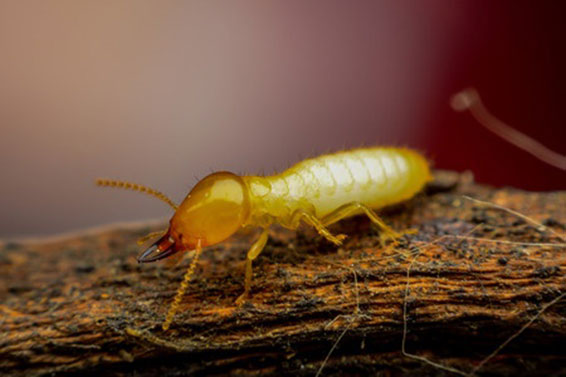
If you live in an area where termites are a problem, you probably know the damage they can cause. Diatomaceous earth is a great tool to assist you in both preventing and removing termite infestations. It's affordable, chemical-free, and you can apply it yourself.
As with any pest infestation, the best way to protect your home from termites is to prevent them from entering in the first place.
Termites usually create the most problems during "swarming season," when termites create new colonies. For some termite species, this is in the spring, while for others it's in the summer. Find out what kind of termites live in your area and when they swarm. You will want to termite-proof your home before this season hits.
Now let's talk about how to repel termites from your home with DE.
Step 1:
Eliminate hidden sources of moisture. Fix any leaks or drips you can find. Termites are attracted to moisture as well as wood.
Step 2:
Patch as many holes and cracks as you can find, above and below ground. Make it as difficult as possible for them to enter your home.
Step 3:
Apply DE with a duster like the Wilcox 3 Quart Sifting Scoop or the JT Eaton Duster onto exposed insulation and wood in your crawl space, basement, attic, etc. This will create a barrier that will make it harder for termites to get in. DE tends to go everywhere while you're applying it. We recommend wearing a dust mask or goggles if you have sensitive lungs or eyes.
Step 4:
Occasionally check your DE application to make sure it hasn't been removed. As long as it's intact and dry, it will continue to do its job for a long time.
Diatomaceous Earth can be especially helpful to homebuilders. You can apply DE to the foundation of your home, as well as in the hollow areas of walls, ceilings, and floors before they are closed up. This will create a barrier for termites and other insects who try to invade your home.
Although diatomaceous earth can be extremely helpful in preventing and fighting off termites, it won't stop all types of termites completely. A university study in Hawaii concluded that diatomaceous earth added significantly to the mortality rate of above-ground termites, but it did not provide as effective a barrier against some subterranean ones. The study suggested that the effectiveness of diatomaceous earth against termites increased when it was applied in dry, above-ground locations, meaning that it can be effective in the above-ground parts of a home, especially an attic.


